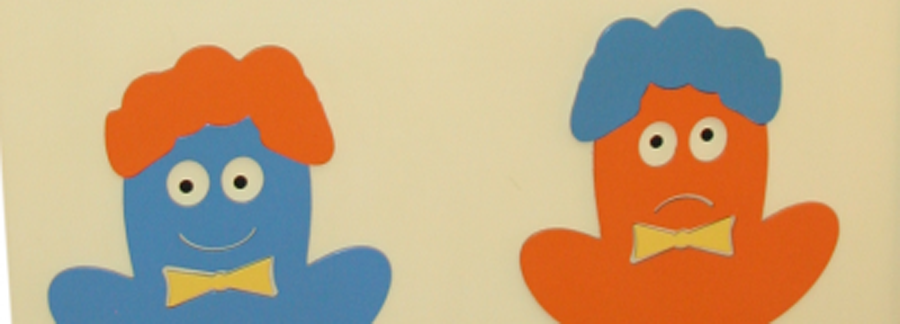|
Helping children understand their many backgrounds
- suggestions for activities |
||
|
TOPIC A: WANTING TO – AND BEING ABLE TO – PROVIDE CARE ARE TWO DIFFERENT THINGS A professional way of showing respect for the child’s parents can be to talk to the child like this: “I’m quite sure your parents have always WANTED to take good care of you. But sadly not all parents are ABLE to give their child the love they want to give, however much they wish to do so. Even though they love you, you know your parents have many problems in their own life (you may give some examples the child can recognize, such as “Your mother learned to drink when she was only a child herself, and now she simply can’t stop drinking no matter how hard she tries”). This is why they did something very responsible. They decided to do a very difficult thing: So your parents try to do their best for you. Even when they are angry or jealous with us and want to have you back, we know this means that they love you, and it is difficult for them to let others give you care. Deep down they know this is too difficult for them, but they show you that they wish to give you care. We are not angry with them when they do this – we try to help them accept that they took the right decision asking us to care for you.” |
||
|
TOPIC B: “YOU HAVE BOTH PARENTS AND CAREGIVERS – LUCKY YOU!” To help the child understand its situation, this explanation offers an attitude free of conflicts between staff members and biological parents: “You know, you are lucky – you have parents who wish to give you a good life, and you have caregivers in our place who also wish to give you a good life. Your parents did a wonderful thing: they gave birth to you, and you were in the stomach of your mother for nine months. When your parents were exhausted you came in our care. So in a way you have both your parents and us as caregivers. What one of us cannot do, the others can do. If we sometimes disagree, it is only because we all want to care for you the best we can.” |
||
|
TOPIC C: CONSTRUCTING “THE PUZZLE OF MANY ORIGINS” INTO ONE IDEA OF IDENTITY For this activity you need scissors, tape, some large sheets of paper and pencils or crayons in different colours. You can use other materials if this suits the child better, such as creating figures in clay or in plaster of Paris, LEGO cubes or other materials.
|
||
|
COMPLETING THE PUZZLE OF “WHO AM I?” 
Next, you take a new paper sheet and ask the child to draw (or help it draw) a very large silhouette of itself which is so large that it will fill out the entire sheet. Ask the child to put its name or a symbol over the silhouette of itself and say: |
||
|
TOPIC D: REFLECTING ON THE PROCESS OF IDENTITY DEVELOPMENT For older children (approximately from age 10 and up) and youth, this video can be an activity where you see it together. You can then have dialogues about what Suzanne says in this movie – and how she has formed an independent identity based on her experiences with different caregivers in her life. In this process you can discuss with the young person how he or she reflects on the topics presented by Suzanne: the different caregivers she had, the separations, how similar experiences affected your child in care, how this child tries to cope with this and form an independent opinion about itself and others. |
||
|
||
|
TOPIC F: HELP THE CHILDREN CREATE THEIR OWN STORY OF IDENTITY After seeing the video together and discussing it, you can encourage the children or young persons to use a mobile phone, tape recorder or a camera to make a similar video about themselves and people they have been attached to – and about what it feels like to have different sources of origin. This includes the process of coming to terms with having both parents and you as caregivers. If the children are not familiar with using video, they can write a story about this topic. You can also encourage the children to show this video to friends, family or in school. Encourage the children’s pride in being so experienced at such a young age. You can make this as an individual activity, but it is much more powerful if you create situations regularly where the children work in groups to make projects about being placed in care, and the problems attached to their situation. You can also help them write a theatre play about the issues of their situation. You can then invite peer guests from outside to see it and discuss what it is like to be in residential care. |
||
|
THE PURPOSE OF THESE ACTIVITIES The purpose of all these activities is the same: to demonstrate to the children that you accept their sources of origin, that you are open to dialogue about these sources with them and about the problems connected with having many sources of identity. By doing that you support the children or young persons in creating a positive idea of themselves. This process should be constantly going through the years in care. |
institutions.fairstartedu.us

 English
English






